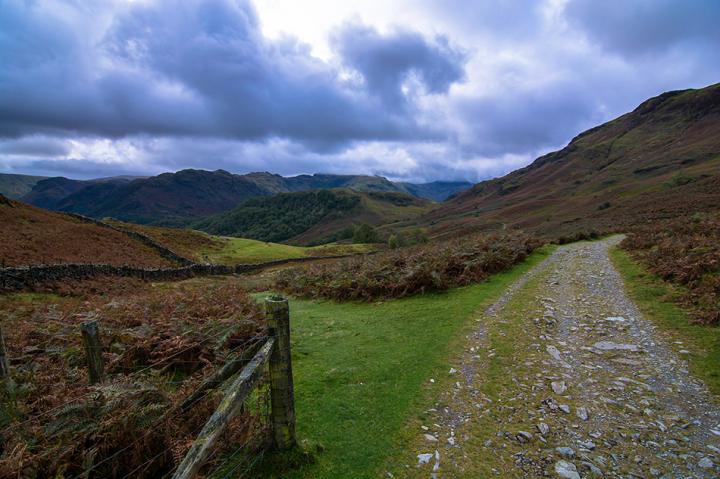Public paths and landowner rights (of way)

The news that the government has quietly reversed its predecessor’s stance on a 2031 cut-off date for recording historic rights of way will no doubt be welcomed by some, but to say that this will cause issues for farmers and landowners would be a huge understatement.
The U-turn, which will now give local authorities an indefinite period to assess and record these paths, seems, in part, led by the realisation that councils simply don’t have the capacity to process the sheer number of applications.
For example, Lincolnshire has more than 500 claims in the system and can only process around 80 per year and both Cumberland and Westmorland & Furness local authorities have at least 100 outstanding Definitive Map Modification Order (DMMO) applications combined.
But is this a case of the burden being unfairly dumped at the door of landowners, with the government just kicking the bureaucratic headache down the line?
The National Farmers Union (NFU) has said the decision to remove the cut-off date “means these claims will continue to disrupt many farm businesses for years to come. "
The open-ended timeframe leads to ongoing disruptions and potential disagreements, as well as more claims for public pathways, increasing the likelihood of conflicts with the public over land access.
Landowners must be aware of several key implications of this policy change. Whilst landowners already had legal responsibilities to keep these rights of way accessible and safe, recent changes in government policy have created new challenges that require careful attention and proactive measures.
Get in touch
Given the potential legal ramifications, landowners must seek professional legal advice. An experienced solicitor can help you work through the intricacies of public rights of way and ensure compliance with the law, providing peace of mind and effective strategies for managing the use of your land.
For advice on the best way to move forward, contact our agriculture, estates and rural property team.
